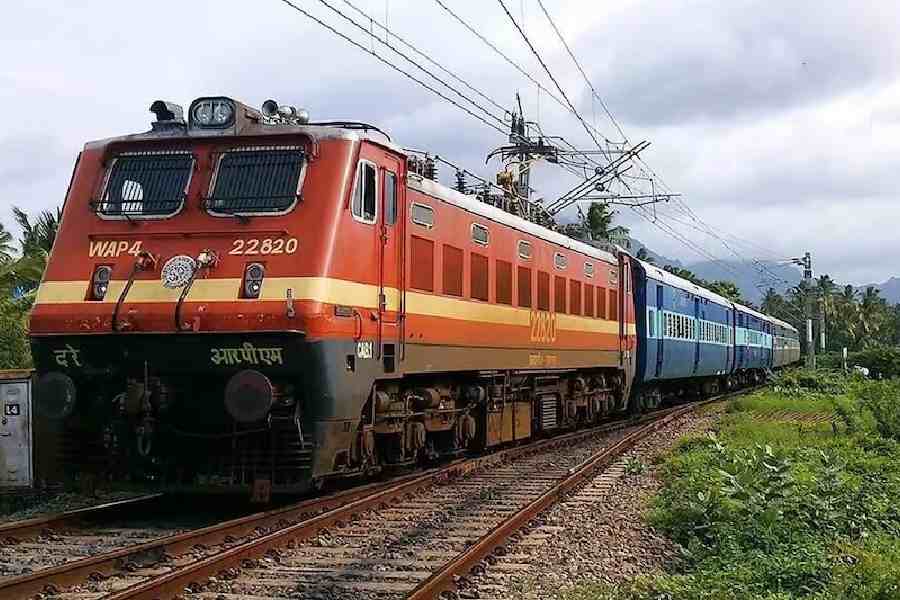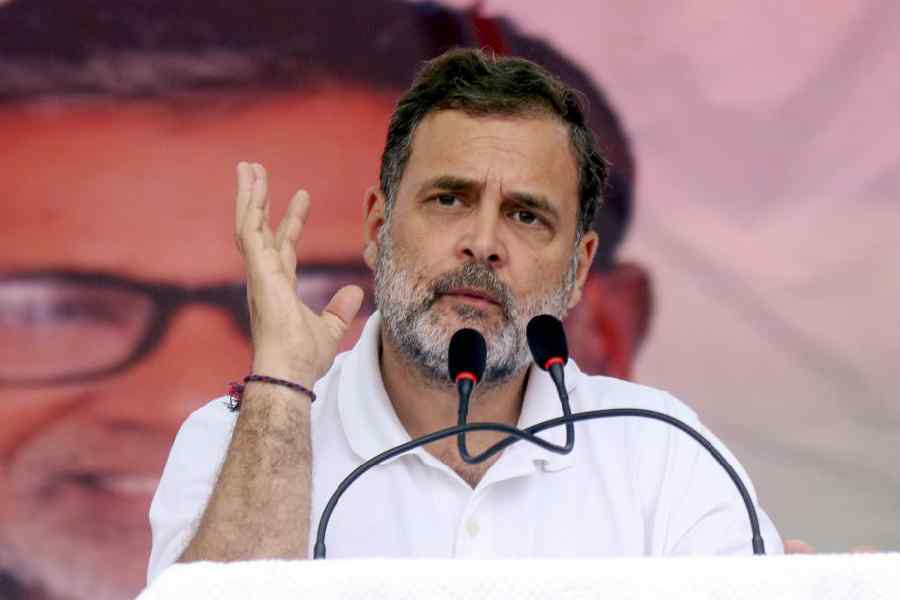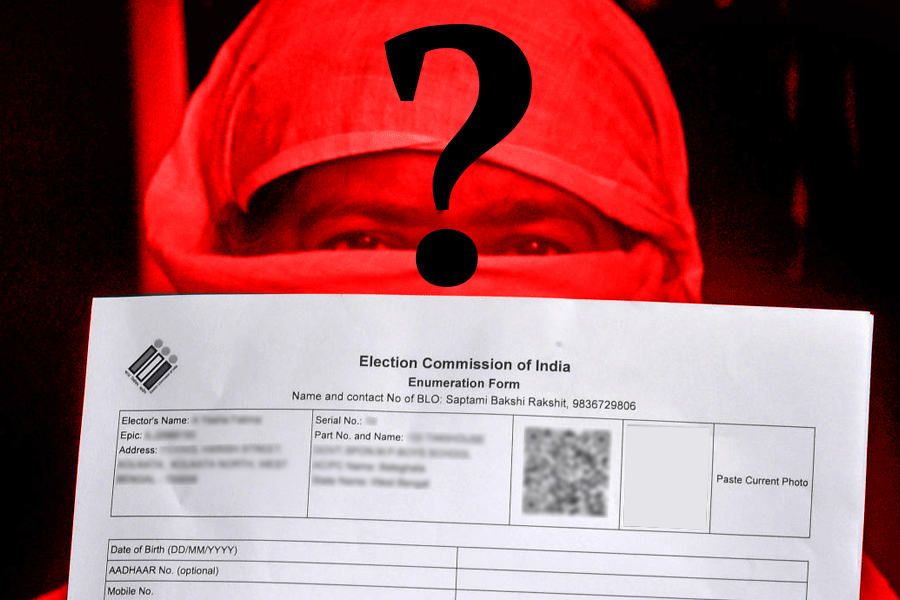Railway minister Ashwini Vaishnaw on Monday claimed the Indian Railways is witnessing a “total transformation” under the NDA government after “neglect for 50-60 years.”
A closer look at official data, audit reports and safety findings reveals that this rapid modernisation is not without cracks: overstated figures, neglected maintenance and critical staff shortages that threaten the very progress the minister celebrates.
Addressing the 41st Raising Day of the Railway Protection Force (RPF) in Gujarat’s Valsad, Vaishnaw rolled out a list of achievements: 35,000 km of new tracks, 60,000 km of electrification, 1,300 station revamps, 3,500 new coaches, and annual RPF recruitment. “Even prosperous countries haven’t achieved such electrification in such a short time,” he said.
Official records list around 27,000 kilometres of track commissioned between 2014 and 2024. That still marks a genuine acceleration from earlier decades, when expansion averaged just 3,000 to 4,000 kilometres every ten years.
The difference matters because of how these tracks are classified. New lines versus doubling or gauge conversion determines whether they bring new connectivity or ease congestion on existing routes.
His claim that 60,000 kilometres of tracks were electrified is also questionable. India’s total electrified network indeed crossed that mark, but the additions since 2014 stand closer to 40,000 kilometres.
The distinction is critical because it defines how much of the so-called “transformation” belongs to the recent decade. That said, the speed of electrification has been impressive, cutting dependence on diesel and emissions alike, but completion of physical work is only half the task.
The success of electrification depends on feeder power quality, maintenance, and availability of electric rolling stock. Those back-end challenges rarely feature in ministerial speeches, yet they determine how smoothly the system actually runs.
Vaishnaw’s mention of Kavach, the indigenous automatic train protection system, as being fitted on “nearly 1,200 locomotives” gives the impression of nationwide coverage.
The reality is far narrower. Around 1,100 locomotives are equipped, covering roughly 1,400 route kilometres, barely two per cent of the network. It is progress, but partial. The system, it is said, can prevent disasters like Balasore only when both trackside and train-based components work in sync. Overstating its reach risks creating complacency before full coverage is achieved.
The Balasore collision of June 2023 itself stands as a grim counterpoint to the transformation narrative. The crash, caused by signalling lapses and human error, killed 293 people and injured over a thousand.
Investigators found negligence in signalling circuit alterations — the kind of failure Kavach is meant to prevent. The section lacked Kavach despite being identified for it. It is an uncomfortable reminder that building new trains and laying new tracks cannot substitute for maintenance and oversight on existing ones.
Vaishnaw is right that accident numbers have fallen: from 1,711 between 2004 and 2014 to 678 between 2014 and 2024. But the figure that matters more is the number of deaths per accident, which has doubled from 0.53 to 1.10.
The overall accident frequency may be down, but the severity of those that occur has worsened. The National Crime Records Bureau’s data tells a still harsher story. More than 21,800 people died in railway-related accidents in 2023, a 6.7 per cent rise over the previous year, including trespassing and falls. Officials say many of these are not “consequential” accidents, yet they still speak to the state of safety across the network.
The Railways’ modernisation drive also hides a quieter crisis: people. Of roughly one million safety-category posts, more than 1.5 lakh remain vacant. That includes over 14,000 locomotive pilots.
The past few years have also seen repeated crowd-related incidents highlighting systemic stress on rail infrastructure. The stampede-like situation at Barddhaman station on Sunday, where seven people were injured as passengers rushed to catch trains, mirrored earlier congestion issues during events like the Maha Kumbh, when trains carried millions of pilgrims in tightly packed rakes.
Such episodes underscore that capacity expansion alone is not enough: human management, crowd control, signalling, and timely train operations are equally critical to prevent loss of life in a densely travelled system.
The All India Loco Running Staff Association has accused officials of overworking drivers, some clocking 12-16 hour shifts, with duty logs allegedly manipulated to stay within official limits. In Dhanbad alone, over 2,700 such cases were flagged in just two months.
A shortage of trained staff undermines both safety and reliability, however gleaming the trains may be.
The Comptroller and Auditor General’s reports have repeatedly underlined another gap: neglected track renewal. In 2020-21, the Railways required Rs 58,459 crore for renewals but spent barely Rs 672 crore, which accounts for just 0.7 per cent of what was needed.
The total backlog for asset replacement reached nearly Rs 95,000 crore by 2022. Budgets show capital expenditure for new lines now gets almost twice the share allocated to maintenance, reversing earlier priorities.
In simple terms, expansion has outpaced the care of what already exists.
Even passenger feedback echoes this imbalance. The Railways logged over 61 lakh complaints across 2023-25. The jump was driven by security issues, electrical failures and unclean coaches.
Food quality and overcrowding continue to draw persistent criticism. While 1,300 stations are being redeveloped, service experience often depends less on new tiles and more on functional cleanliness, working lights and secure platforms.
None of this negates the fact that India’s railways are moving faster, cleaner and further than before. The NDA government has accelerated electrification and capacity creation at a scale unmatched by previous decades.
But the success is uneven. Each inflated statistic and neglected maintenance ledger reflects a trade-off — expansion over upkeep, speed over safety, projection over performance.
Rather than “neglect for 60 years”, what the numbers really reveal is an institution straining under its own ambition — managing one of the world’s largest rail networks with finite human and financial resources.










